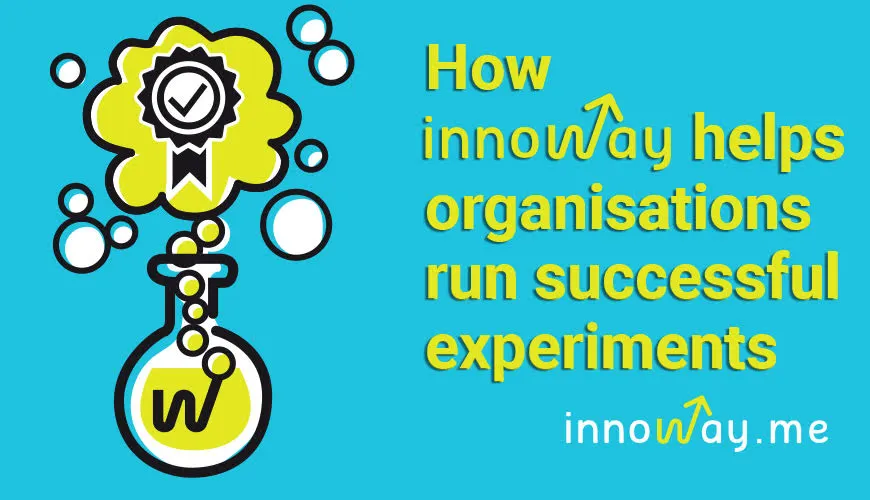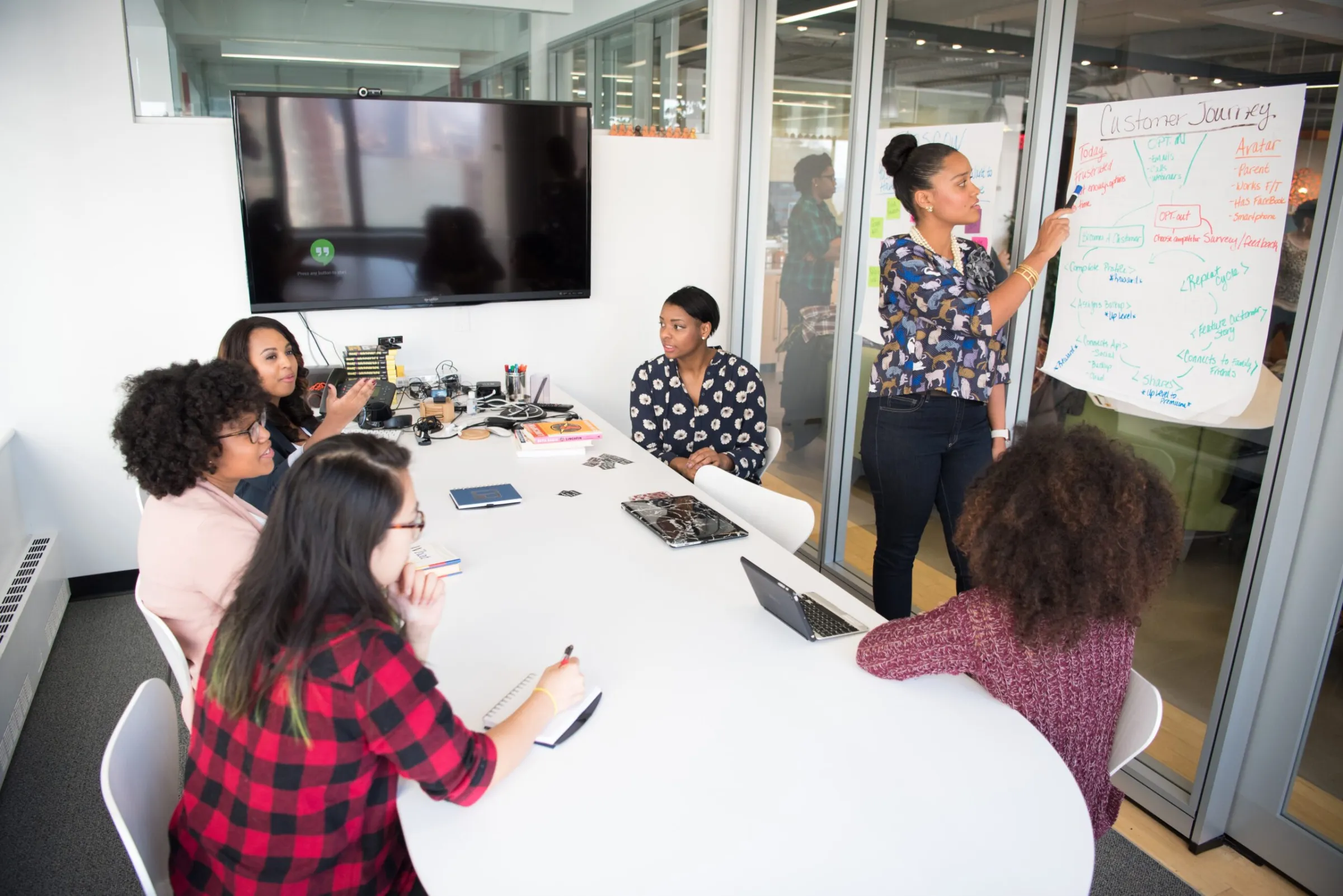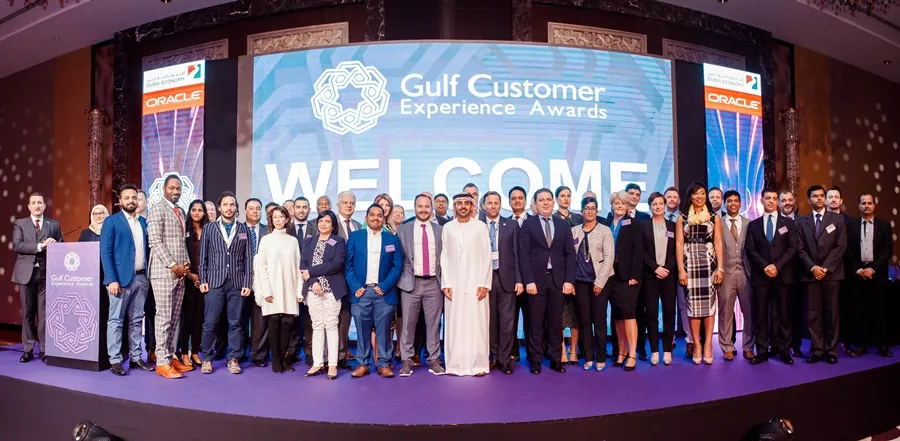At innoway, organisations of all sizes come to us for help in implementing the Lean Startup Model. They recognise the value of a model which encourages rapid-fire innovation at low cost.
It is, in other words, a scientific approach to building products and services that people want. This eliminates uncertainty and brings order to the organisation’s vision.
As with all scientific endeavours, experimentation is a vital part of the process.
In fact, as Eric Ries points out, “The Lean Startup methodology has as a premise that every startup is a grand experiment”.
But in order for an experiment to be valid, it has to be done correctly.
Here’s how we go about helping them do that.
Defining the challenge
The first step in any experiment is asking the right question. This helps define the challenge you’re trying to solve.
In the scientific space, this might be something like: “Does classical music make plants grow faster?”
In the business space, it might be something like: “Do my customers want this feature?” or “What features will make my customer base more loyal/likely to grow?”
At innoway, we ensure that our customers fully understand the challenge they’re trying to solve and that it is in line with the organisation’s vision for itself.
Do the background research
Having properly defined the challenge, there’s another important step to take before you get going with the experiment.
Just as a scientist would go through scientific journals to see if someone else has done the same, or similar experiments as they want to conduct, so you should do your own background research.
Did other companies have similar challenges to the one you’re trying address? How did they go about addressing the challenge? What worked? What didn’t?
At innoway, our team’s expertise and experience means they can point you in the direction of case studies you should be looking at. They can also help you with the resources you need when you do research for future experiments.
Constructing a hypothesis
Every experiment needs to have a hypothesis. This is, essentially, a statement of the expected outcome of the experiment.
To return to one of the examples we used above, a hypothesis might be something like: “classical music makes plants grow faster than pop music”.
We always like to ensure that any hypothesis we help a client come up with is falsifiable. It therefore has to be as accurate as possible.
So, for instance, “This technical adjustment will improve onboarding times” isn’t a falsifiable statement”.
“This technical adjustment will reduce onboarding times by 2 minutes”, on the other hand, is.
For the uninitiated, this difference can seem trivial, but after working with us, teams quickly realise why it’s so important.
Designing the experiment
Even if they understand the need for experimentation, many organisations don’t understand how to go about designing an experiment.
While the exact details will change from case to case, there are certain constants that need to be taken into consideration.
These include time and resource limits (at innoway, we restrict clients to two weeks and US$5000 respectively), split testing, and control groups.
Whenever we help a client with experimentation, we ensure they have the framework to properly design experiments.
Interpreting the results
An experiment is worth nothing if you can’t correctly interpret the results. We help organisations understand what the results of their experiments mean and how to feed them back into further experiments.
Ongoing support
Ideally, once our clients have gone through this process, they should be able to run their own experiments. If they need ongoing support, however, they can request it.
If you’d like us to help your organisation run experiments, contact us here.



